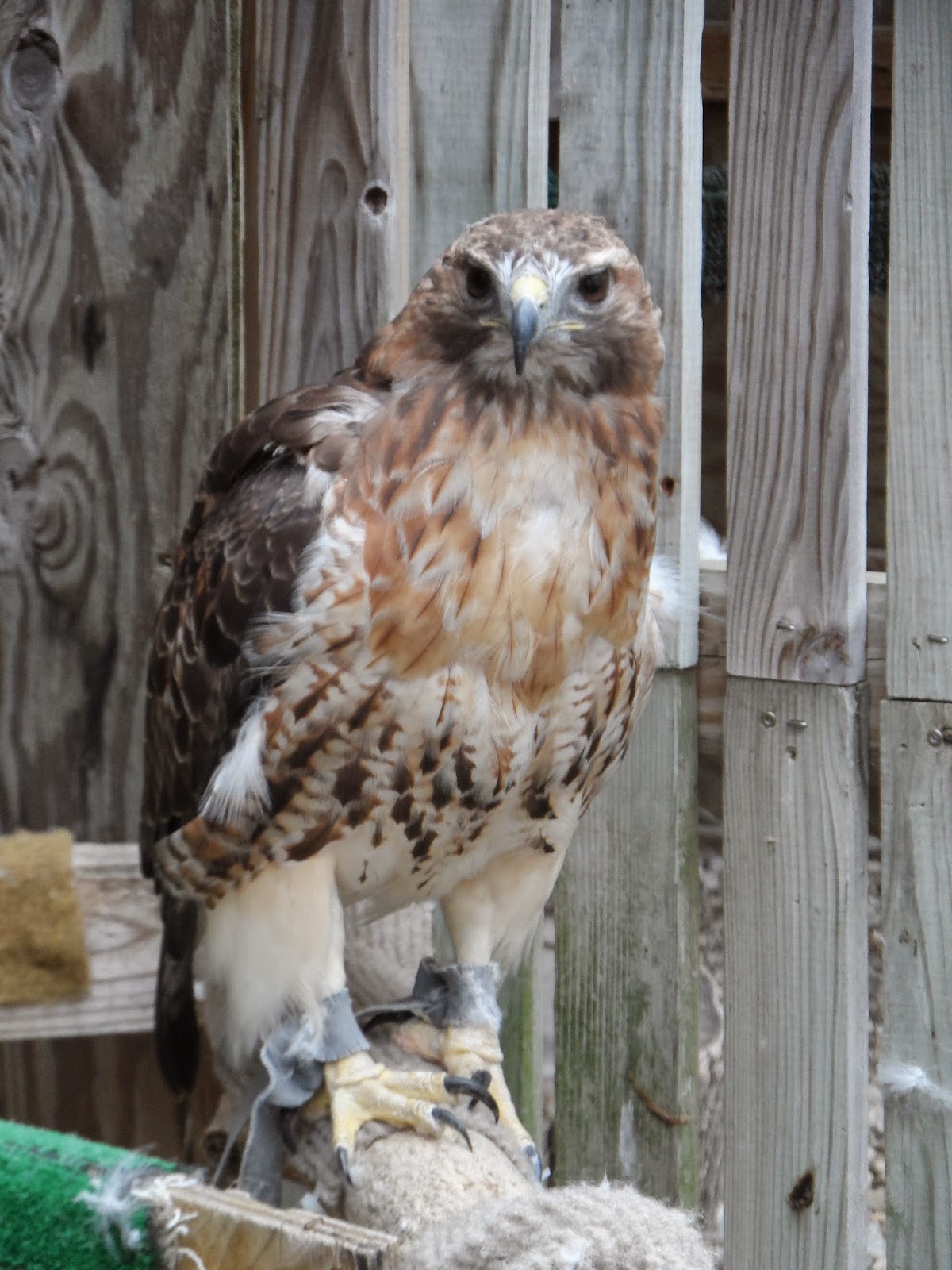The Macbride Raptor Project (MRP) is made up of two facilities: The Macbride Raptor Clinic, located on Kirkwood Community College's (KCC) Cedar Rapids campus and the Macbride Raptor Center, located at the Macbride Nature Recreation Area (MNRA), near the Sugar Bottom area. The Raptor Clinic is where injured raptors are brought for evaluation and treatment. They are then taken to the Raptor Center for rehab and potential release.
Permanently injured educational birds are housed at both facilities. There are sixteen cages at the Raptor Center. These cages are set up for a self guided tour and are placed in a scenic and natural setting. There is a bird blind, hummingbird and butterfly gardens, as well as plenty of hiking and camping. There are also ten cages set up on the KCC campus. With twenty-six cages, the MRP has between 24 and 30 permanent residents to care for.
While only a few of these raptors travel for educational programming, they are all available to be sponsored. For more information on programming, sponsorships, or donations, please call the Raptor Clinic at 319-398-5495. Leave a message and someone will get back to you. You can also send donations to:
Raptor Clinic, Washington Hall
6301 Kirkwood Blvd SW
PO Box 2068
Cedar Rapids, IA 52406
Over the next few weeks, I will post photos and information about some of our ambassadors. I will start with our lesser seen birds from the KCC facility. Any of these birds may be adopted/ sponsored. An adoption includes a photo of your bird, an adoption certificate (which can be renewed annually) and a local program, or tour. We also encourage our out of town fans, followers and supporters to get involved through a "pay it forward" sponsorship. This would allow us to take your donation and apply it toward a program for a local school of your choice, or a school in need. Just write "Pay it forward" in the memo line of your check.
Thank you all for your generous support!








